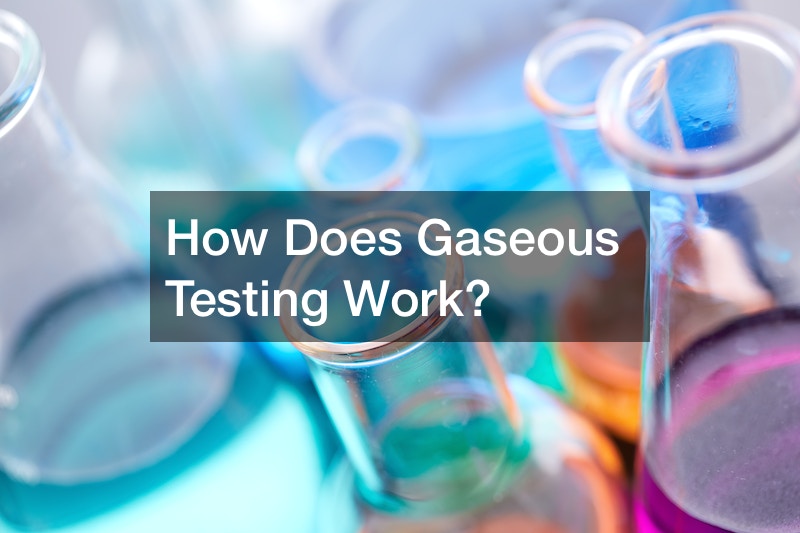
Identifying the presence of substances like hydrogen, ammonia, oxygen, carbon dioxide, and chlorine requires gaseous testing in a lab setting. It’s usually impossible to determine what kind of gas is present with the naked eye, as many of them are colorless and odorless. Therefore, it’s important to conduct tests using specific equipment.
Many types of gaseous testing are fairly simple. For example, in order to test for the presence of hydrogen, you simply need to place a lit splint at the opening of a reaction vessel and listen for a squeaky popping sound.
If you hear this sound, this indicates that the vessel contains hydrogen. The sound occurs as the result of the combustion reaction of hydrogen in the presence of oxygen, which produces water.
You can also use a splint in a similar manner to test for the presence of oxygen, but in this case, the splint should only be glowing, not lit. If oxygen is present in the vessel, the splint will relight itself.
Conducting tests like these can reveal a lot of information about a substance. As you perform your tests, be sure to practice proper lab safety to ensure that neither you nor anyone around you gets hurt.
.


